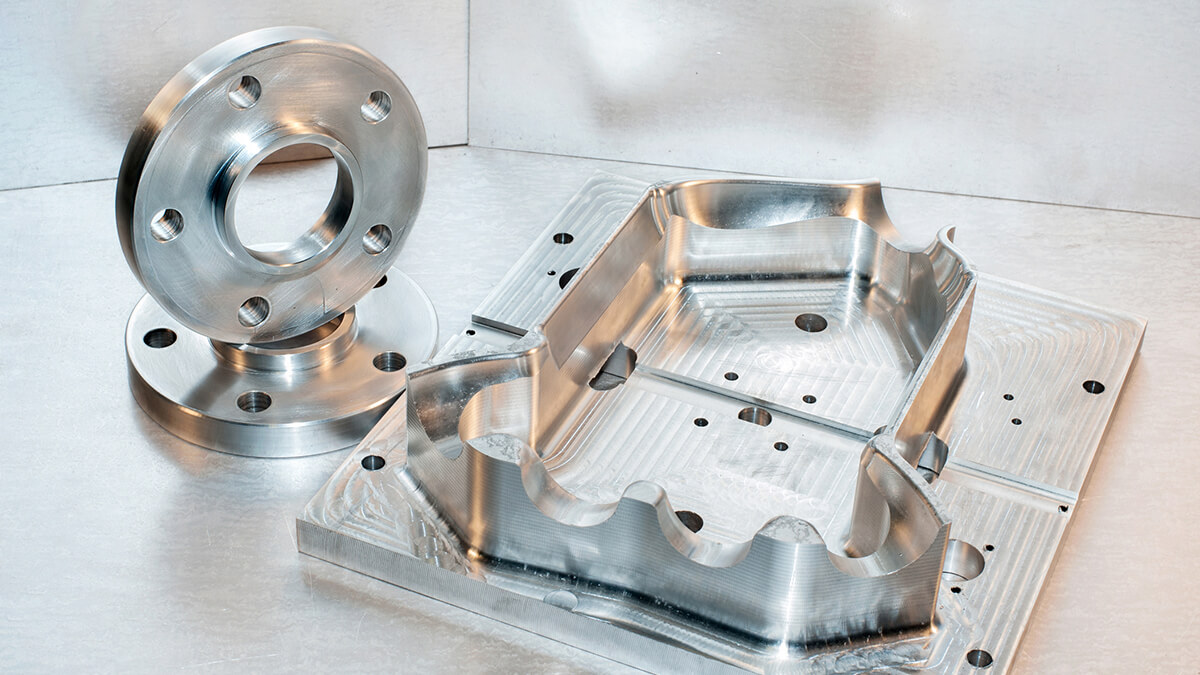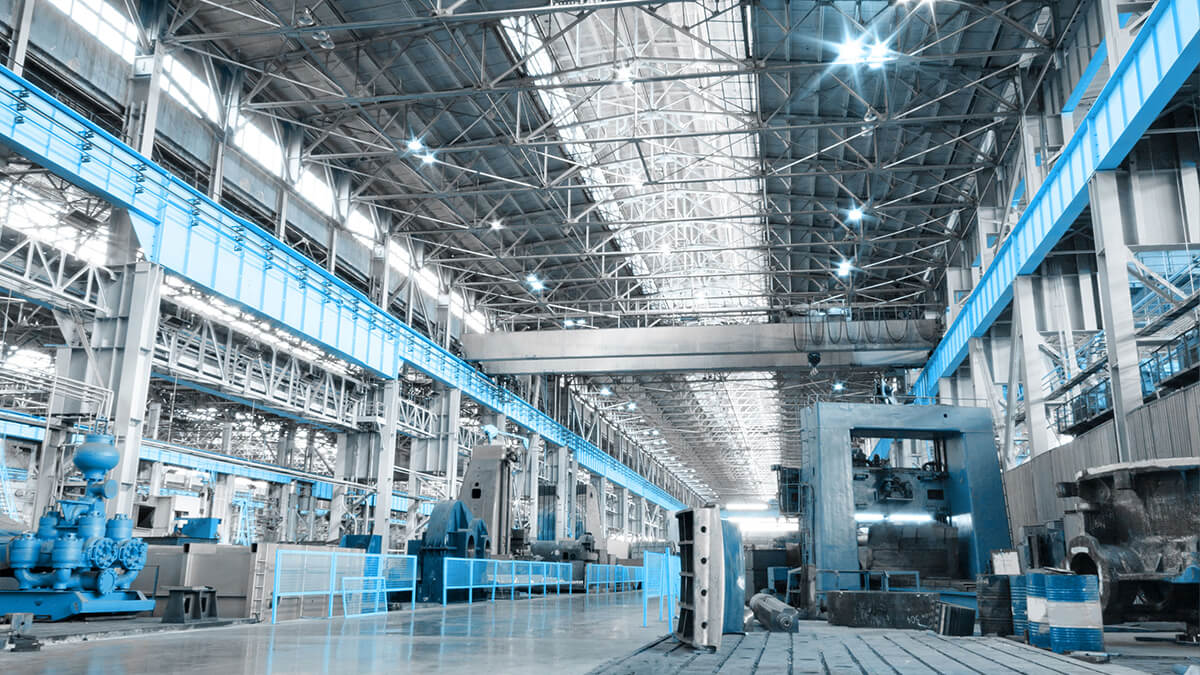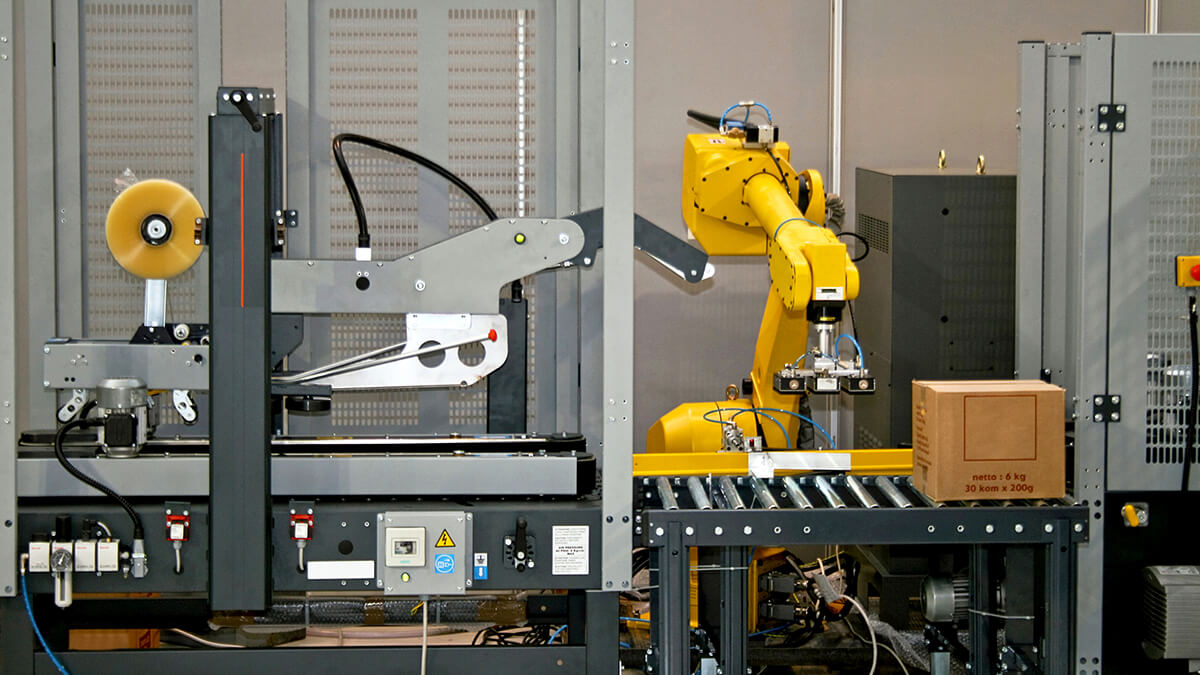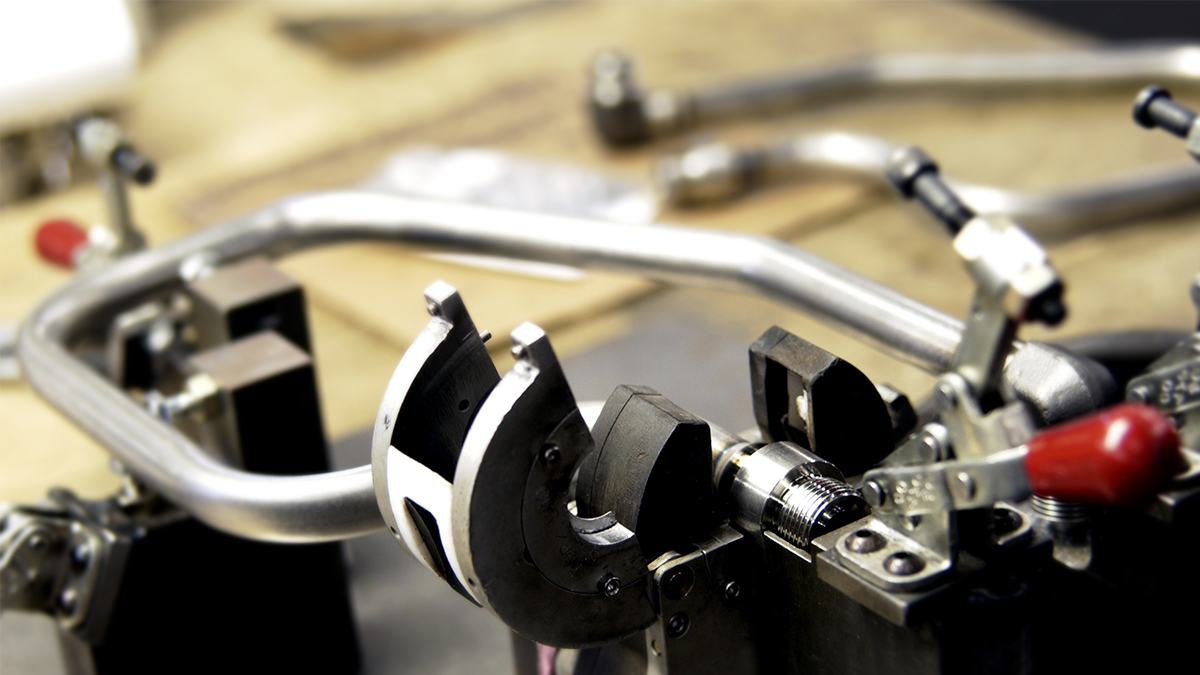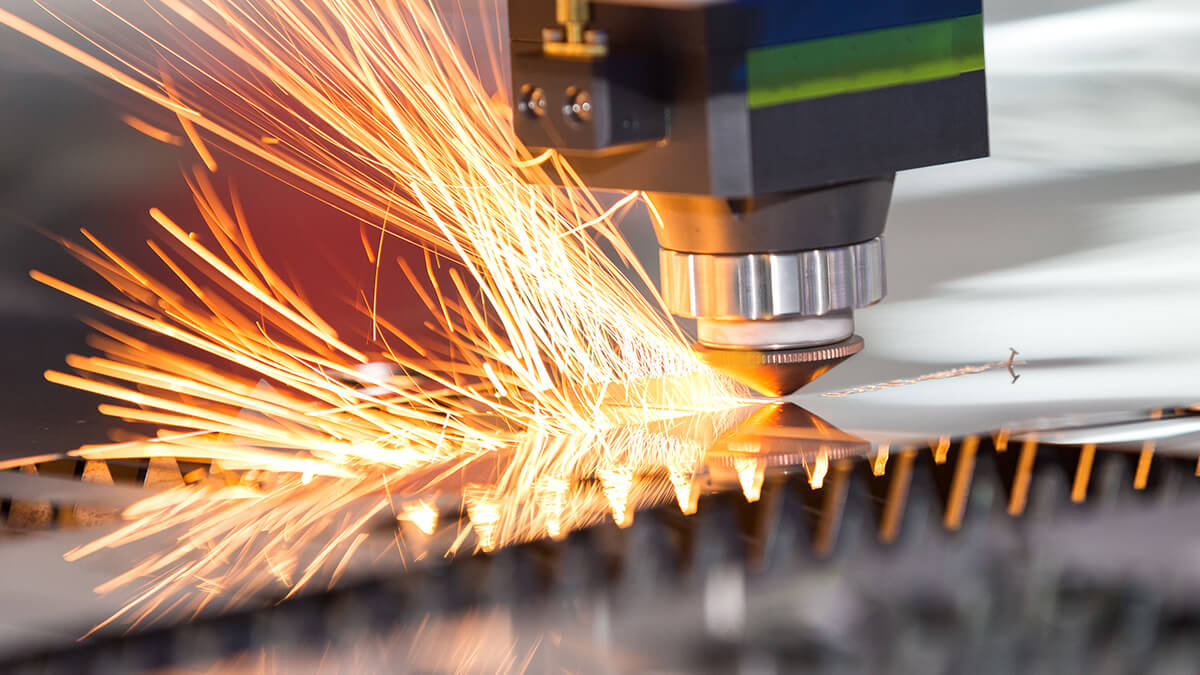Insights
Anodization is a surface treatment process, typically performed as the final step in metal manufacturing. It is a dependable and cost-effective method for enhancing wear resistance and adding color to precision machined metal parts, particularly aluminum and other non-ferrous metals.
2023-11-03 13:25:22
Are you familiar with the latest terminology related to Tooling 4.0? In this article, we'll offer an overview and examples that can help manufacturers understand and align with this evolving concept. Tooling 4.0 revolves around leveraging technology to transform 'inefficient' products into 'intelligent' ones.
2023-10-27 10:42:06
In the present day, conventional industries are blending Internet of Things technology to drive the evolution of Industry 4.0 and the advancement of smart manufacturing.
2023-10-27 10:30:52
In recent years, plastic electroplating has been widely used in decorative electroplating of plastic parts. ABS plastic is the most widely used kind of plastic electroplating.
2023-10-12 14:30:04
Metal stamping refers to the use of the power of punching machinery and the use of molds as metal plate forming tools to produce punching separation or plastic deformation effects to achieve the production technology of parts in terms of size, shape, and performance requirements.
2023-10-12 14:20:48
The advantage of the gearbox is that it can accurately control the speed of the main shaft without excessively high main shaft speed, belt friction consumption, and slippage. Because the main shaft is placed horizontally, it is also called a horizontal lathe.
2023-10-12 13:49:05
Additive manufacturing is playing an increasingly important role in the manufacturing industry and is mainly used in toolmaking and prototype construction.
2023-10-12 13:43:06
Advanced manufacturing is the use of innovative technologies to improve products or production processes. Related technologies are called "advanced", "innovative" or "frontier". Advanced manufacturing technology is gradually maturing, integrating innovative technology into products and manufacturing processes to enhance competitiveness and increase value.
2023-10-12 13:24:41
Welding is a process that uses "heat" and "electricity" to connect two pieces of metal, and the type of welding metal will also affect the welding results and technical requirements; like many professional skills, welding technology also has different levels of difficulty. First understand the most common types of welding introduction, principle teaching, and skill analysis.
2023-10-03 16:38:30
Powder coatings were developed in the 1950s as an alternative to traditional finishes such as liquid coatings. While the versatility and appeal of liquid coatings isn't likely to disappear anytime soon, powder coatings offer many advantages and are growing in popularity.
2023-10-03 16:26:28
Hot Topic
Agree

